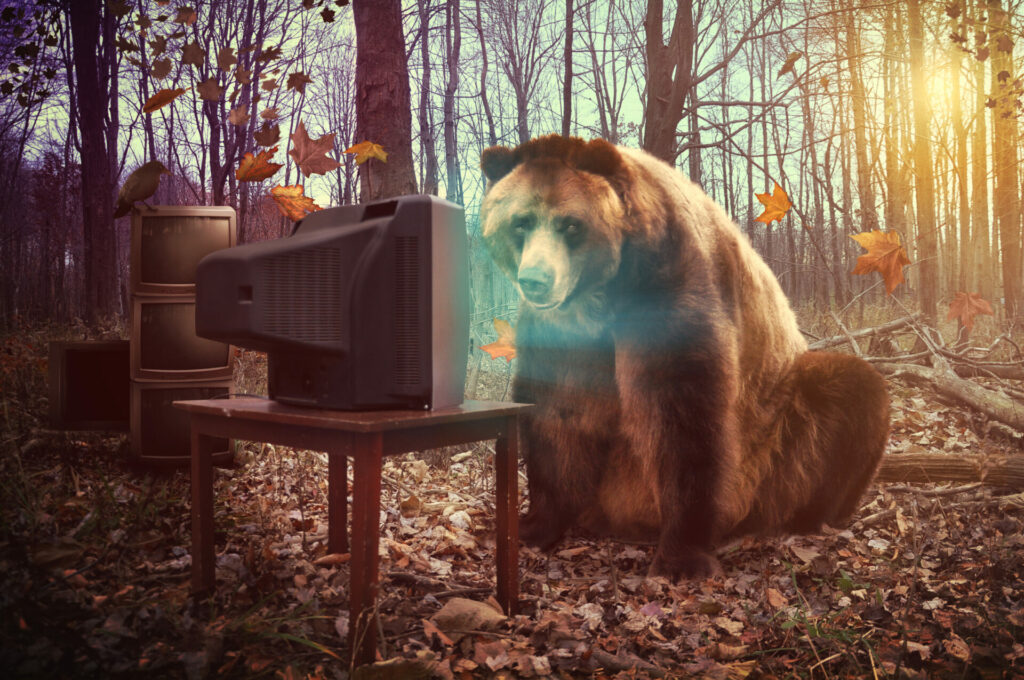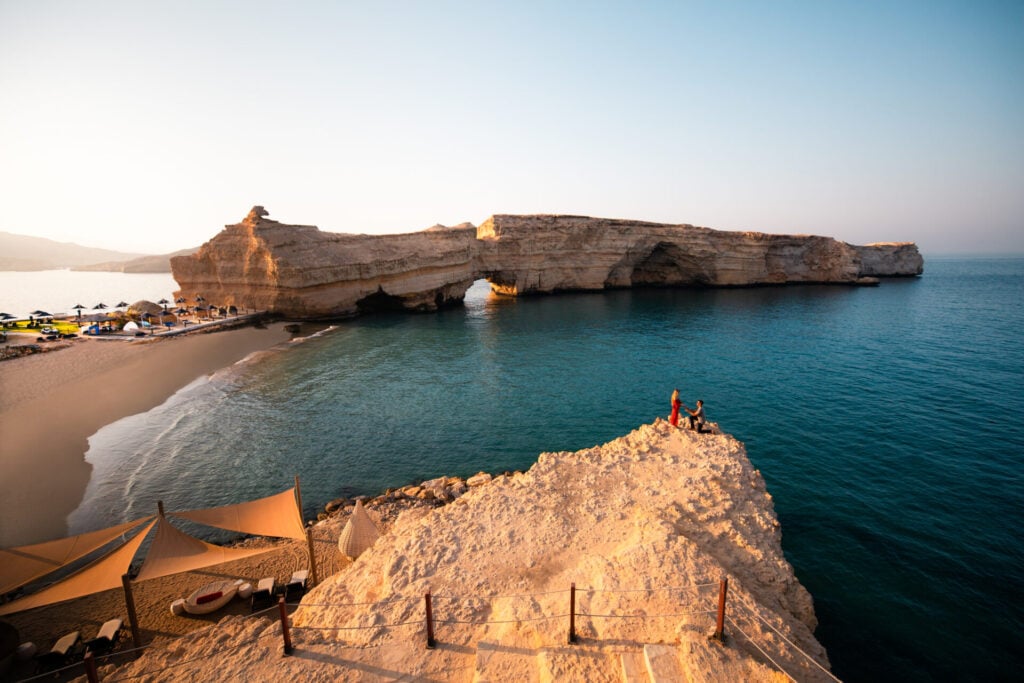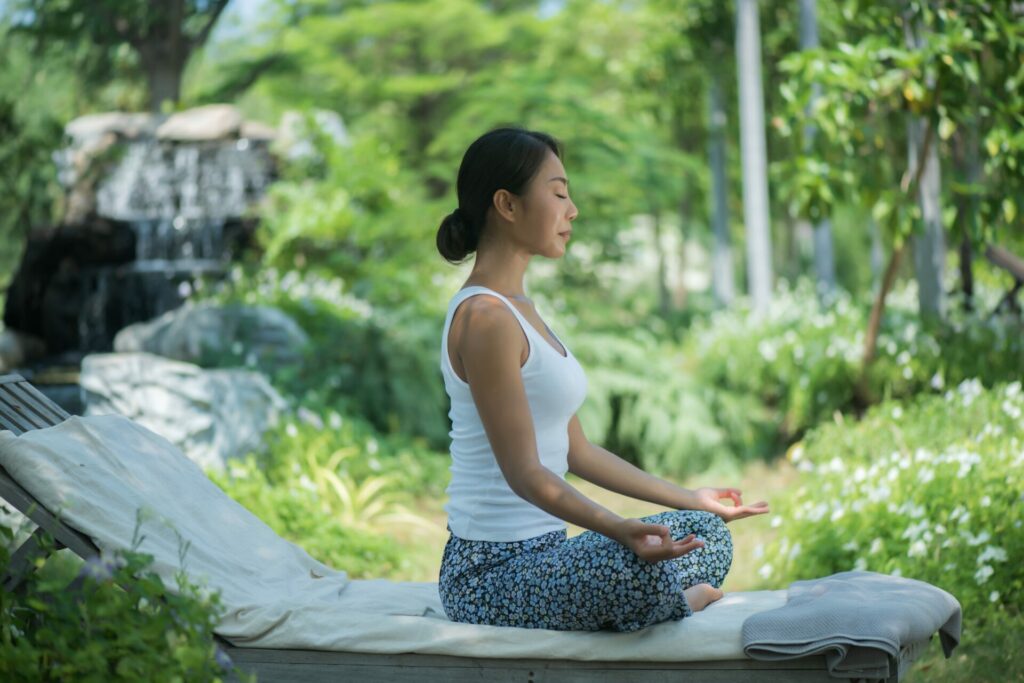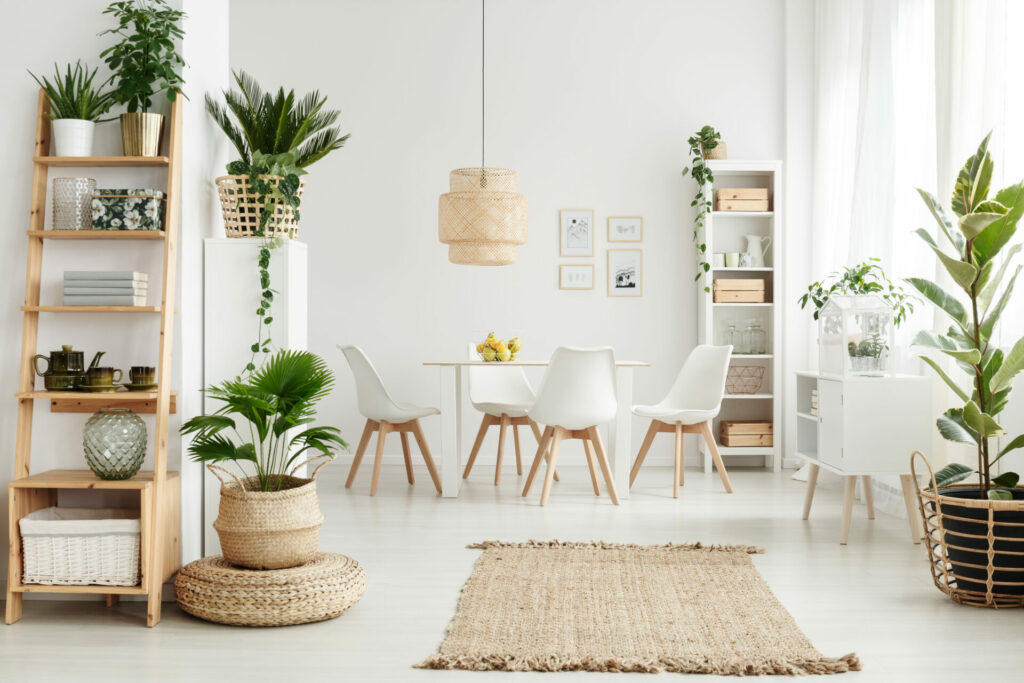Walking towards Feldsee Lake in the heart of Germany’s Southern Black Forest, feels like stepping into a story book. The woodland trail crunches beneath my feet as a tapestry of burnt orange, gold, and rust-coloured leaves rustle and scatter across the forest floor. Treading carefully over broken twigs and the soft remains of autumn, I gaze up at oak, beech, and maple trees stretching overhead, their branches forming a canopy that drips softly under the persistent drizzle. The air is cool and damp, carrying the earthy scent of wet leaves and moss.
And then, we reach our destination: a shimmering mirror of silver and green reflecting the bordering fir trees that rise into the morning mist. Feldsee Lake. Low-hanging clouds cling to the peaks of the surrounding mountain range adding to this already ethereal landscape. My tour guide Claudia and I are the only people present and we take it all in silently; the spell broken only by the call of birds and gentle patter of rain on overhead leaves.
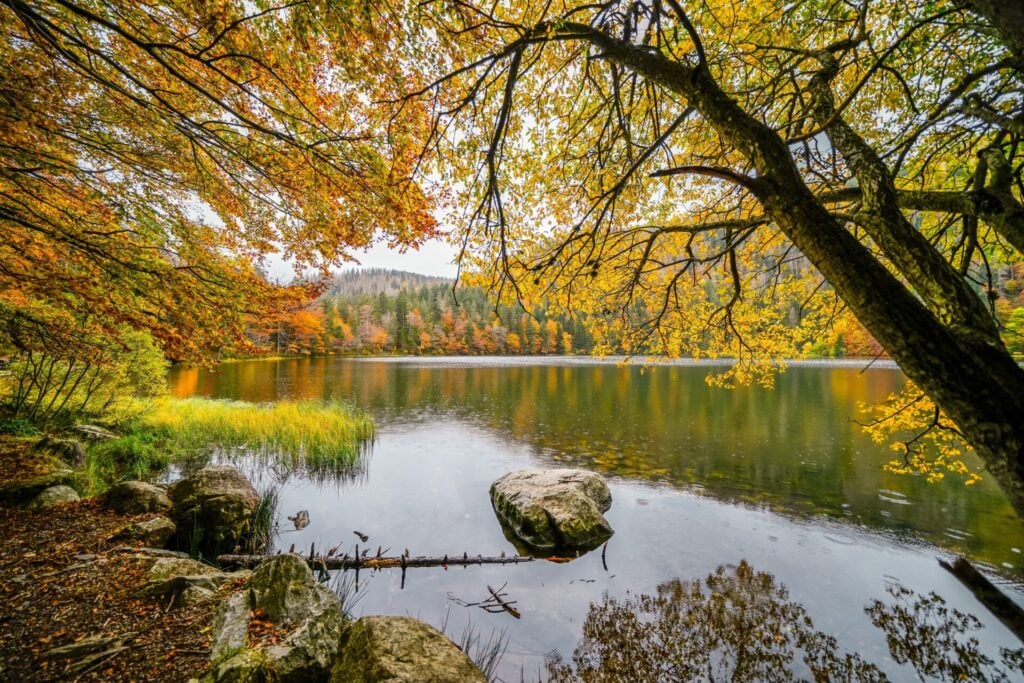
I don’t know how long we stand there, but finally, we walk on to the nearby Raimartihof, the region’s oldest restaurant, nestled in the surrounding forest. Dating back to 1710 and family-run for seven generations – now by the very welcoming Stephanie and her mother Claudia – the Raimartihof is a cultural and culinary experience.
Entering, we’re greeted by the warmth of an enormous stove, and nostalgic decor of lace curtains and tartan hearts dangling from low-hanging lamp shades over chequered tablecloths. We’re ushered to the Stammtisch table, reserved for honoured guests, and lean back on the side of the warm stove and soak in the homely atmosphere while drying off.
The meal reflects the heart of the Black Forest: hearty and delicious. We start with pancake soup in a vegetable broth, followed by a traditional dish of Bibiliskäse, cottage cheese sprinkled with red onion, spring onion, paprika, and cumin seeds, and paired with perfectly crispy fried potatoes. We wash it down with water from the local spring, though, for a little pick-me-up, it’s recommended to try the warming homemade elderflower digestif.
Chasing Waterfalls
The Southern Black Forest is filled with countless ways to immerse yourself in nature and most of them include stunning vistas. To see Feldsee Lake from above, one of the best ways is by riding the Feldbergbahn cable car, which, in just eight minutes, transports us to the summit of Feldberg Mountain, the highest peak in the Baden-Württemberg region at 1,493 metres.
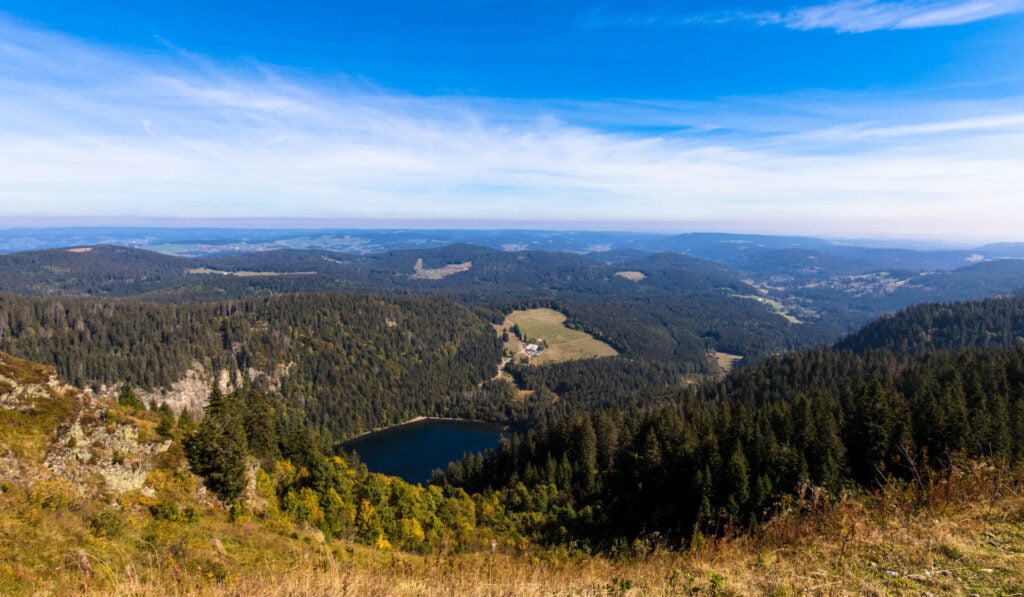
As we head up with a vertical rise of 175 metres, we’re rewarded with spectacular panoramic views that stretch 3,000km out to the horizon. On a clear day, you can even catch a glimpse of the Swiss Alps.
Once at the top, a range of hiking trails are on offer for walkers or enjoy the iconic Feldberg Tower, with sweeping views of the surrounding landscape. On a ‘good winter’, when it snows heavily, the area offers 60km of ski slopes and 100km of alpine cross-country skiing. But, due to climate warming, the last year for skiing in the area was 2021.
A few miles away, the Black Forest Line suspension bridge is a must-see. Constructed just two years ago, this 450m long steel suspension bridge sits 200 metres above the valley, where a patchwork of forest, fields, and farmland roll endlessly into the distance.
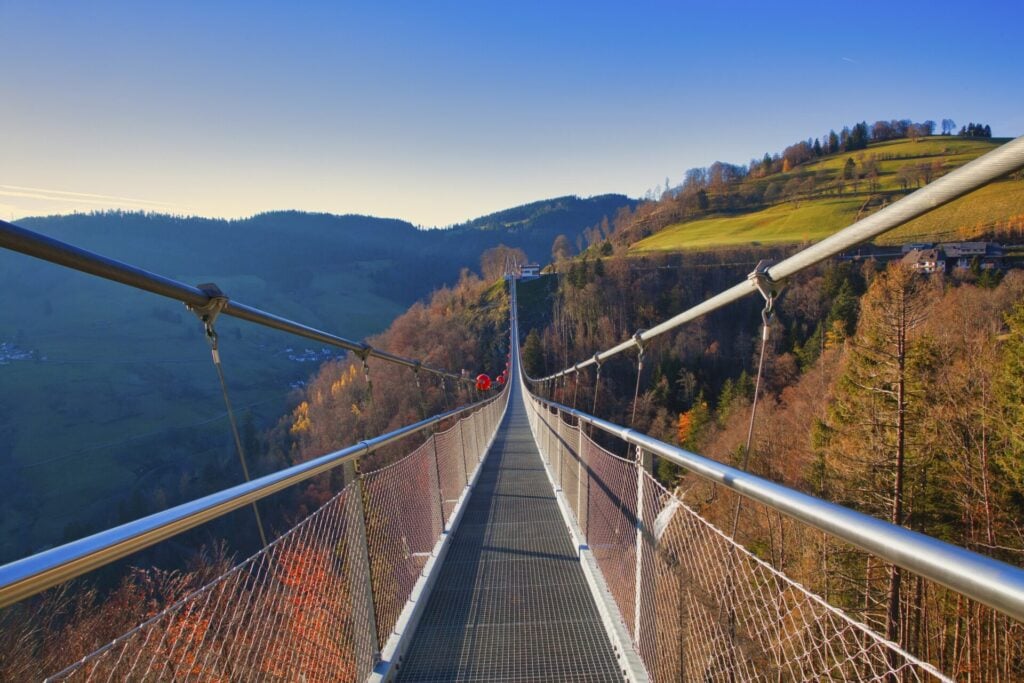
But the true showstopper lies beneath your feet gently swaying on the bridge: the Todtnau Waterfall. Cascading down the rugged cliffs, the waterfall sends a misty spray into the air, making mini rainbows from the little sunlight that peeks through the clouds.
For those who don’t feel the draw of a softly swinging suspension bridge, the mouth of the waterfall is a short hike away. On a sunny day there are double sunbeds where you can lie and listen to the power of the water crashing all around you.
Afterwards, we continue on the Wasserfall-steig hiking trail, a walk of zig-zagging bridges where the river gets thinner and chamois antelope are likely to come and say hello.
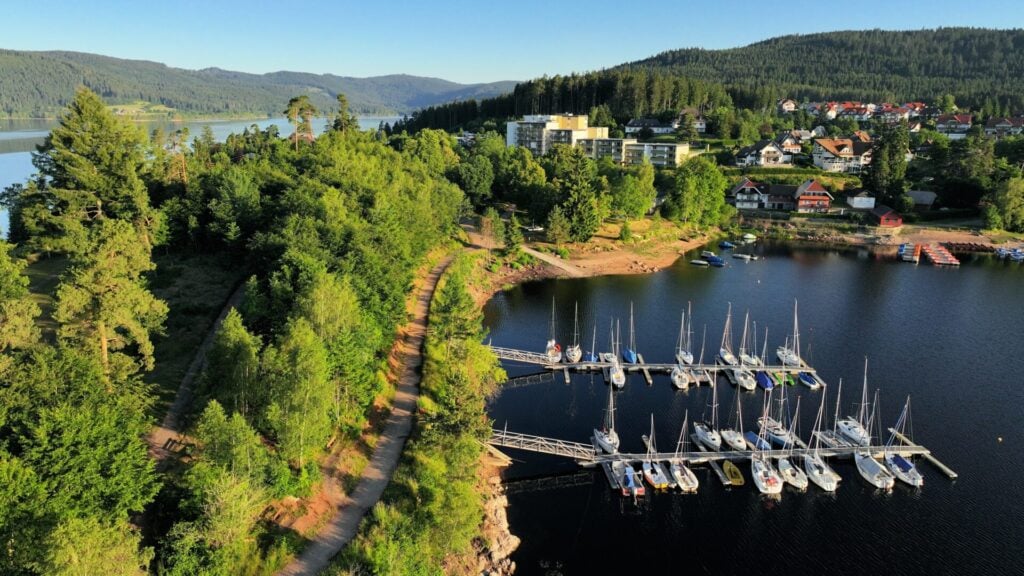
In this slice of natural beauty, a visit to Lake Schluchsee – the largest lake in the entire Black Forest – can’t be missed. While boat tours, sailing school, and canoe and SUP rental are just some of the water sports options you can experience, we opt to cycle around the lake.
With the gentle hum of the e-bike, my knowledgeable guide Mathias and I glide through the 18-km route that weaves beside the lake as the surrounding forest comes alive with hues of rich red, gold, and yellow mixed with the forest green of spruce trees.
Today, thanks to conservation efforts, you may hear the call of the native Capercaillie – a large forest-dwelling grouse – or even catch a glimpse of one. There are only 200 living in the area after habitat loss and hunting almost pushed them to extinction. But locals have been planting bilberry bushes, a key food source on which they depend, to encourage their numbers to grow.
Half way through the tour, we stop at the famous Unterkrummenhof, an18th-century inn. Once a farm where woodcutters lived, now it’s a spot to relax with a slice of Black Forest Gateaux, while taking in panoramic views from the large sun terrace.

Bringing back the wolves
For years, the Black Forest has been working to restore its biodiversity, and the reintroduction of wolves is an example of this. Once native to the area, wolves were driven to extinction over a century ago due to hunting, loss of prey and habitat degradation. However, thanks to successful rewilding efforts, the wolves are slowly making their way back to the forest, where recently, a family with cubs was spotted in the wild. There are believed to be a total of 20 now living here.
Wolves, as apex predators, are key to maintaining the health of their environment. By regulating herbivore populations, such as deer, they prevent overgrazing and allow for the regeneration of plant species, ensuring biodiversity thrives. Their return is not without challenges however. Conflicts with local farming communities have arisen, particularly concerning the protection of livestock.
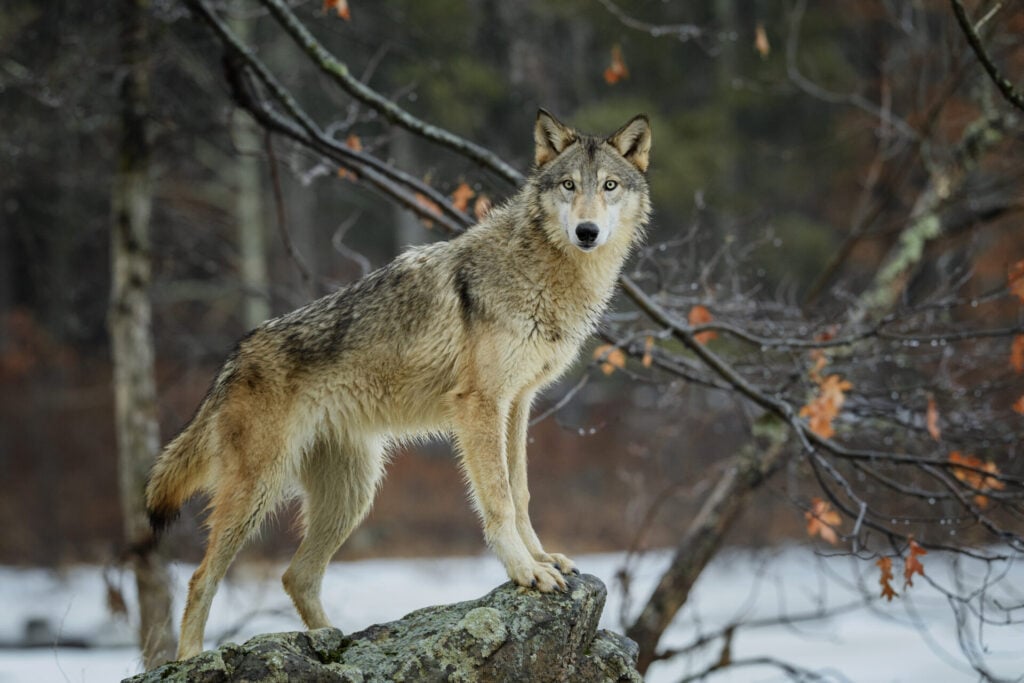
Germany’s southern Black Forest is a patchwork of pastures and forests that’s been shaped by pastoral farming for generations. Grazing animals such as cattle, sheep and goats play a crucial role in maintaining this by feeding on a variety of plants, stopping any one species from taking over. Without them, fir and pine trees could slowly reclaim the land, turning the open meadows back into a dense ‘black’ forest.
As the wolf population slowly returns, the balance between wildlife and farming must be addressed. Non-lethal methods like electric fences and guard dogs are being tested to protect livestock without harming the wolves. There are also talks about compensation for livestock lost to wolves, helping to ease farmer tension.
Stay Steeped in History
After a day of exploring the stunning landscapes, immersing myself in nature, and witnessing conservation efforts firsthand, the perfect place to unwind is the Parkhotel Adler located in Hinterzarten.
Located in the heart of Germany’s Southern Black Forest, this traditional hotel extends over an area of 70,000m2, with just 64 rooms and suites. These include tastefully designed rooms in the Black Forest House, a listed building which dates back to 1639.
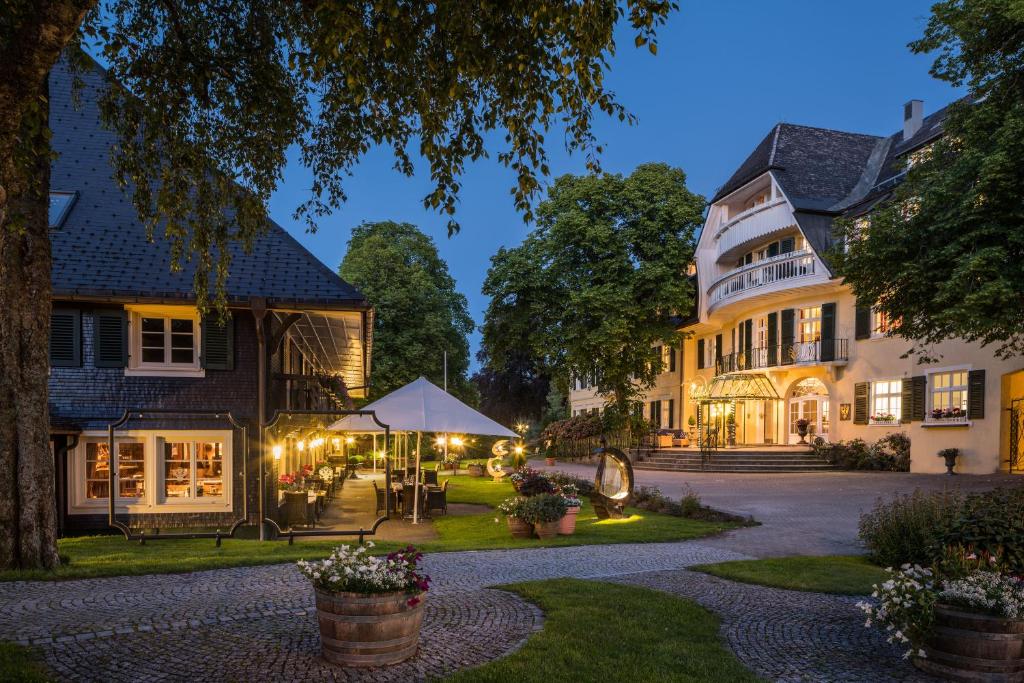
The hotel is known in the area for its focus on sustainability through growing and locally sourcing food, powering the hotel entirely from renewable energy, only using natural cleaning products throughout the property and the promotion of outdoor eco-friendly activities.
What truly sets the Parkhotel Adler apart is its perfect location. The traditional hotel is an ideal base for exploring the Southern Germany’s hiking and cycling trails with many accessible directly from the hotel grounds.
After a day of outdoor adventures in the Black Forest, guests can unwind in the hotel’s spa which offers a variety of therapeutic experiences, including the aroma soft sauna, where scents like mint, eucalyptus, and citrus help clear your mind, and promote well-being. The red-hot earth sauna features a central open fire and special kelo wood for a deep-cleansing experience. Finish with a steam bath or lounging by the pool.
Whether it’s relaxing in a traditional spa or hearing the call of a Capercaillie, this part of Germany is a place where you can reconnect and relax and where the message is simple: Let Nature be Nature.
Details
To reach Germany’s Black Forest from Dubai, fly directly from Dubai International Airport (DXB) to Frankfurt (FRA) with Emirates, with three direct flights a day.
Once you arrive in Frankfurt, take a 2.5 hour high-speed Deutsche Bahn train to Freiburg im Breisgau, the gateway to the Southern Black Forest.



